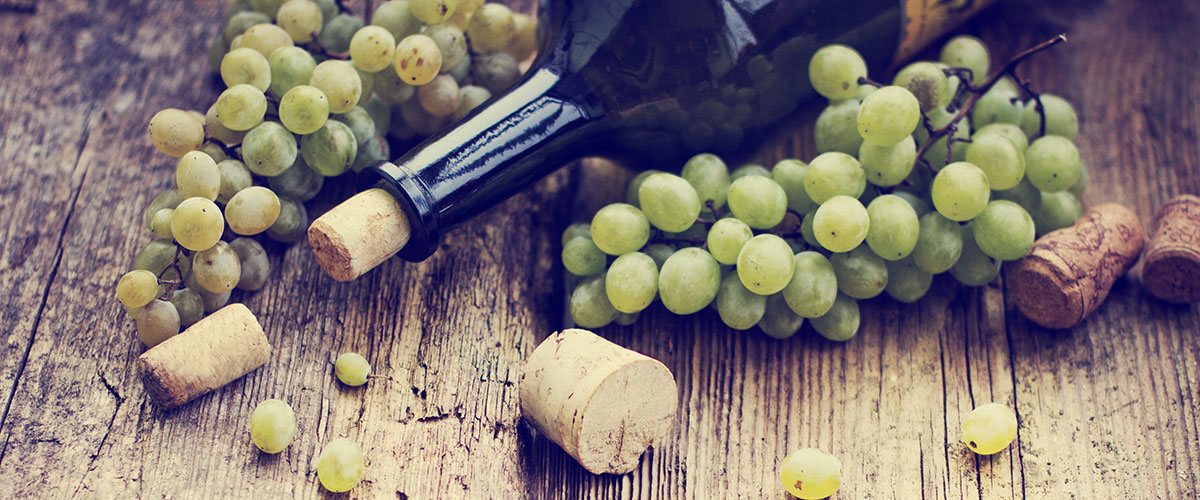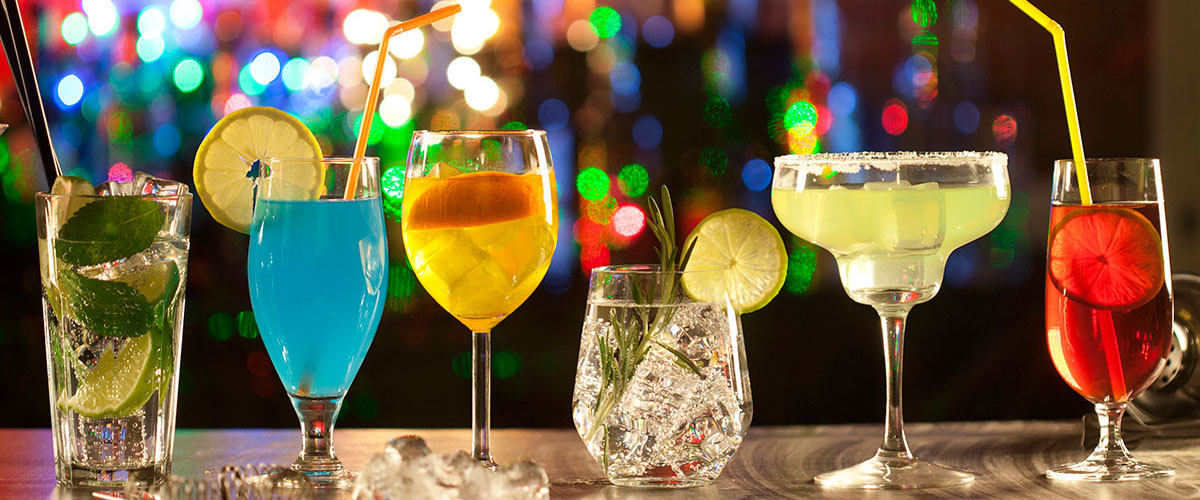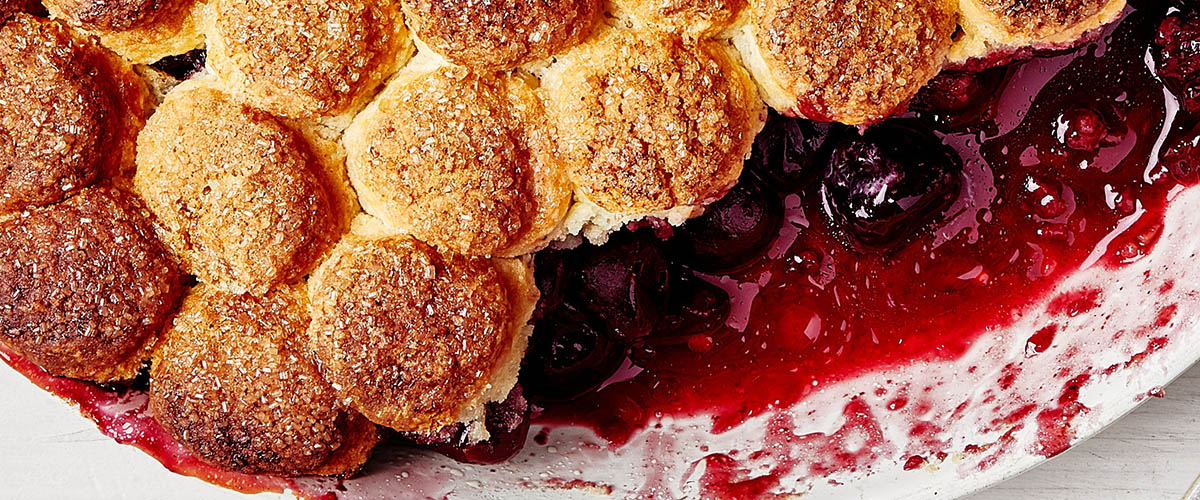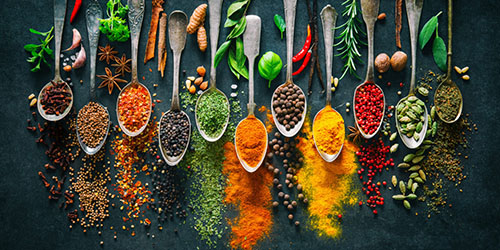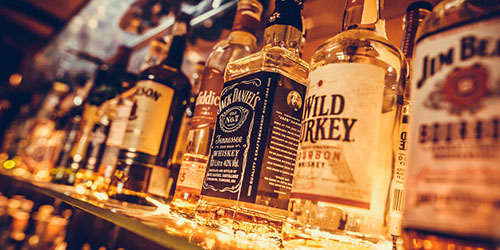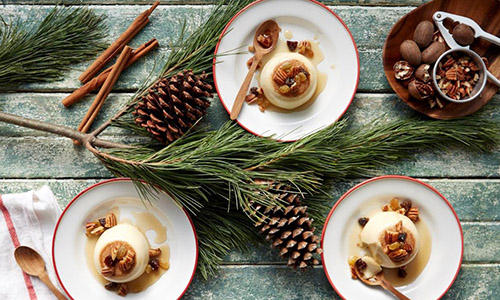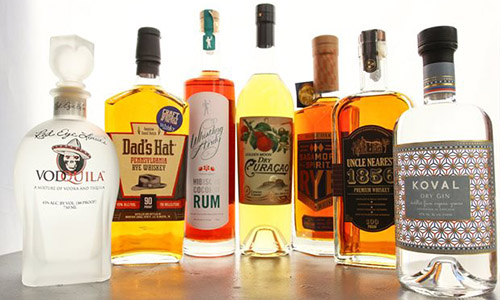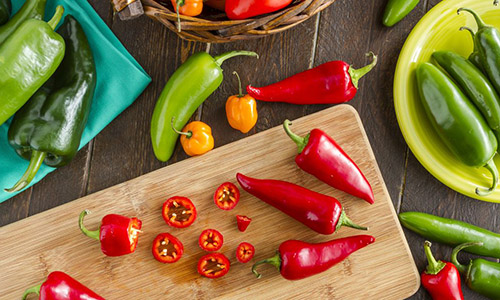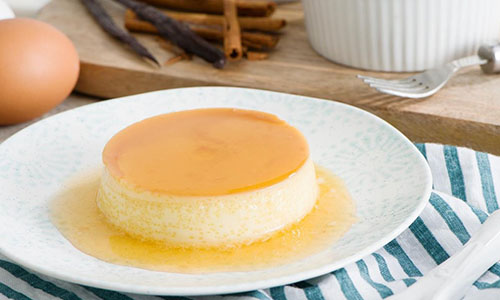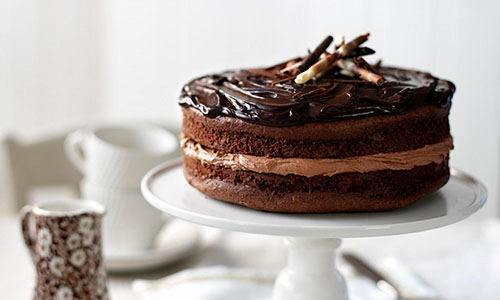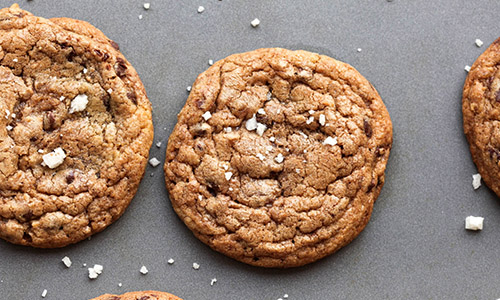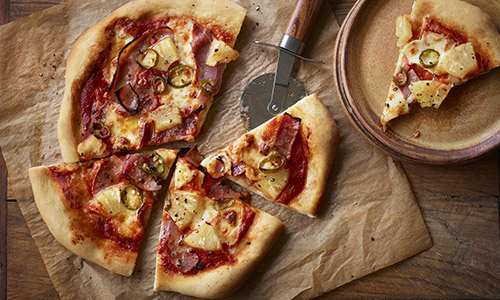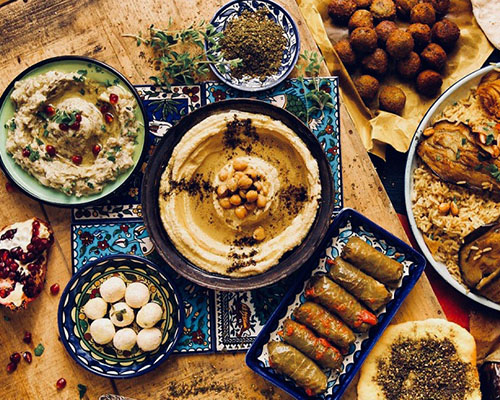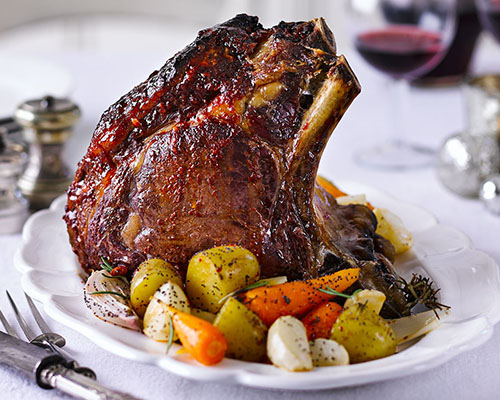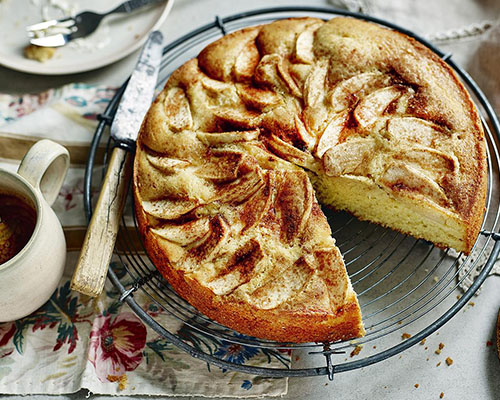What Is Liquor?
Liquor is made through the distillation of a fermented mash bill. The concentrated end product (pure ethanol) is then used in a multitude of different ways to create diverse flavor profiles. Whiskey, for example, begins as liquor and then is aged in new, charred American oak barrels. There are a variety of ways to make gin, but adding herbs and spices to flavor the ethanol is a consistent process amongst all gins.
The alcohol by volume (ABV) content of gin, rum, tequila, vodka, and whiskey (also spelled whisky) varies, but to be considered a "liquor" and not a "liqueur," the ABV must be over approximately 35%. They are all commonly referred to as hard alcohol.

Fermentation and Distillation
- The production process includes fermentation and distillation through a continuous column or pot stills.
- With the exception of rum and tequila, gin, vodka, and whiskey/whisky are fermented from various grains. Gin is made from corn, wheat, barley, or rye. Vodka is made from barley, wheat, rye, corn, rice, or sorghum (some producers even use soy, potato, beets, or molasses). Whiskey/whisky is made from corn, rye, wheat, or barley. Rum comes primarily from molasses (the by-product once sugar has been extracted from sugar cane) but also sugar cane syrup, sugar cane juice, or beet sugar. Tequila is fermented from the blue agave plant.
- Before fermentation and distillation, the grains of gin, vodka, and whiskey/whisky are crushed then combined with water and boiled, or steeped into hot water to make a mash. Sugar cane is crushed to extract the juice, which is then boiled to a concentrate, and turned into a thick liquid before the sugar and molasses are separated. Agave is baked then the juice or “pina” is extracted for fermentation.
More Similarities
- Gin, for example, was used to treat kidney ailments, then scurvy, and later as a stimulant for the Dutch military.
- Some of their blends are aged in new or old wooden barrels/casks (tequila is also aged in stainless steel vats). The length of the aging period depends on the flavor, body, and color producers want to create.
- They are infused with various herbs, fruits, and other botanicals to create new blends. For example, producers add coriander, lemongrass, ginger, rosemary, hot chili peppers, anise, chamomile, mint, cinnamon, cardamom, tamarind, citrus peels, berries, grapes, watermelon, peach, mango, almond, vanilla, cocoa, coffee, or honey. They use one botanical or combinations of them. Gin producers must include juniper berries regardless of what other botanical(s) they use.
- Blends can be dry or sweet, light to full-bodied, and clear to various shades of brown.
- Each of them was called many different names. Gin was called Hollands, genever or the Dutch jenever because of the juniper berries. Rum was saccharum, which is Latin for “sugar,” rhum in French, ron in Spanish, demon and kill-devil in the English Commonwealth, and rumbullion. Tequila was octli in Aztec, and pulque. Vodka was aqua vitae in Latin for “water for life,” voda in Russian for “water,” bread wine, burnt wine, bitter wine, and distilled wine. Whiskey was known as uisce breatha or uisage breatha in Gaelic for “water of life,” poteen, moonshine, and white lightning.
- They each have various distinct classifications. Gin is classified as distilled or compound. It is also classified as London Dry, Old Tom, Plymouth, or Dutch. Rum can be grouped as light, dark, or flavored/spiced. It also grouped as Jamaican, French, Spanish, or Demerana. Tequila’s classification is mixto (mixed) or 100% agave. It is also classified as Blanco, Resposado, or Anejo. Vodka is grouped as neutral or flavored. And whiskey/whisky is classified as malt or grain, and also Irish, Scotch, American, or Canadian.
- They are great for making cocktails. For example, gin is used in the classics Tom Collins, gimlet, and gin and tonic. Rum is used in the piña colada, daiquiri, mai-tai, and mojito. Tequila is found in the margarita, tequila sunrise, and diablo. Vodka is in cosmopolitan, Bloody Mary, screwdriver, and White Russian. Whiskey/whisky is in the Manhattan, rusty nail, mint julep, and whiskey sour.

Geographical Origins of Different Liquors
- These five hard-core liquors or spirits, as they are also called, originate from different parts of the world. Though gin is the national spirit of England, it originated in 17th-century Holland. The British military was responsible for introducing it.
- Rum production began in Asia some 3,000 years ago because sugar cane is native to that region. It reached the Caribbean, today’s major producers, in the 15th century through Portuguese and Spanish explorers including Christopher Columbus, and 17th-century slave traders who used it to barter.
- Tequila is a Mexican original. In fact, the spirit must be made in Mexico to be called tequila. The agave comes from the town of Jalisco. Native Aztecs were the first to ferment it. By law, tequila must contain 51% agave.
- Vodka, Russia, and Poland’s national drink have three countries laying claim. Russia says it was discovered by Russian monks around 1100 AD. Poland says they made it in the Middle Ages. And Sweden says they invented it in the 15th century.
- The origin of whiskey/whisky is contended by Ireland and Scotland. Notes found in a 1405 journal favor the Irish. Written evidence supporting Scotland’s claim was discovered in 1494.
